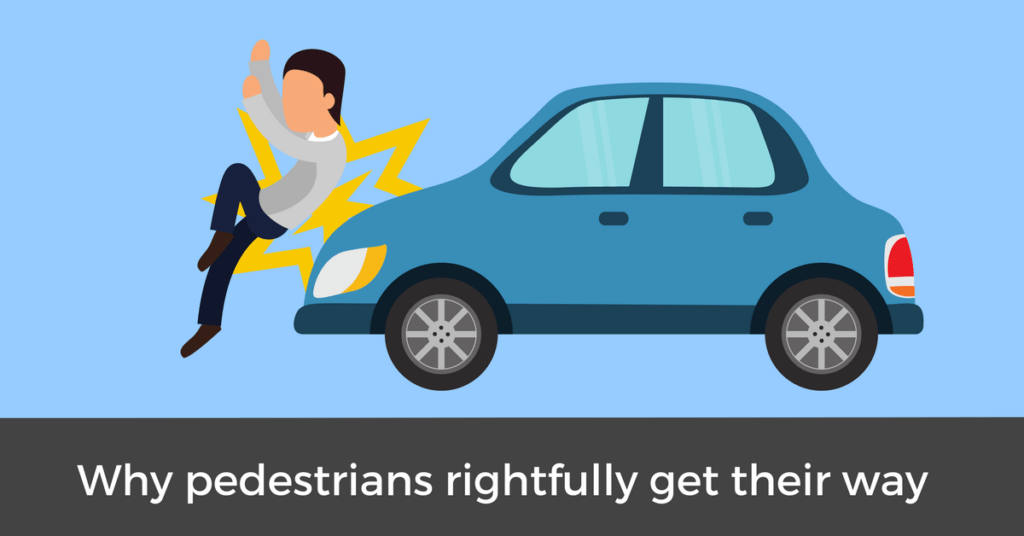The Facts
A 53 year old man, Glenn Swainson*, with a checkered work history had been down at a local pub drinking with friends for a number of hours when later that evening he decided it was time to go home, (at around 9pm).While he did have his bike with him, he decided not to ride home because he had been drinking. Glenn was going to try and hitch a ride.
At 9:30pm, he began the 6 kilometre walk from the pub towards his home. He was walking on the left hand side of the road with his back to the oncoming traffic.
After walking about 2 kilometres, Glenn decided to move onto the street to increase his chances of being picked up by a passing motorist. He was standing just inside the fog line (the line on the road between the lane and the curb).Glenn was hit by an oncoming car that failed to see him.
He suffered serious injuries including a compound knee dislocation, significant scarring and a psychological injury.
This case (Allianz Australia Insurance Ltd v Swainson [2011]) highlights just how high a standard of care a driver owes to a pedestrian.
The Initial Judgement
The judge found that had the driver seen Glenn earlier, moved to the right of Glenn or slowed down, the collision would have been avoided.After finding the driver negligent, the trial Judge determined that Glenn was partly responsible for his injuries and decided that his award of damages should be reduced by 40%.
This is also known as contributory negligence.
Beyond the Jargon
Click the term to reveal it's definition...
Contributory Negligence
Intoxication is often assessed by the Courts as an act of contributory negligence.The Judge determined that Glenn has contributed to his injuries because he:
- was intoxicated at the time of the accident;
- failed to walk on the footpath provided;
- failed to walk on the right-hand side of the road so he was facing oncoming traffic; and
- took a step into the path of the driver.
He was awarded just over $266,000 but this was reduced to $160,000 because of the finding of 40% contributory negligence.
Discover how much your claim is worth using our FREE Claim Worth Calculator©

Get our FREE calculator and receive:
“It was the plaintiff's conduct in standing very close to the edge of the left lane in a relatively dark area at night which initially created the danger. The first defendant's only fault was in failing to avoid that danger by keeping a proper lookout and slowing down or deviating”.
The Consequences
Both Judges agreed that the pedestrian, Glenn, contributed to his injuries because of his intoxication, but it doesn’t completely defeat the greater duty of care that is owed to pedestrians by drivers.
Motor vehicles need to exercise a very high degree of care when driving in the vicinity of pedestrians.
Drivers should be more aware of their surroundings depending on where they are driving. If they are driving in a built up area there’s more chance of person coming out in front of them from the side of the road.

Key Take Home Point: Based on cases and the law in relation to pedestrians, it is clear that pedestrians have the right of way when it comes to drivers, even when alcohol is involved.
* The names and narrative have been altered but the facts of the case in regards to payments, liability and the Judge's findings on the evidence are reported as written in the judgement.

